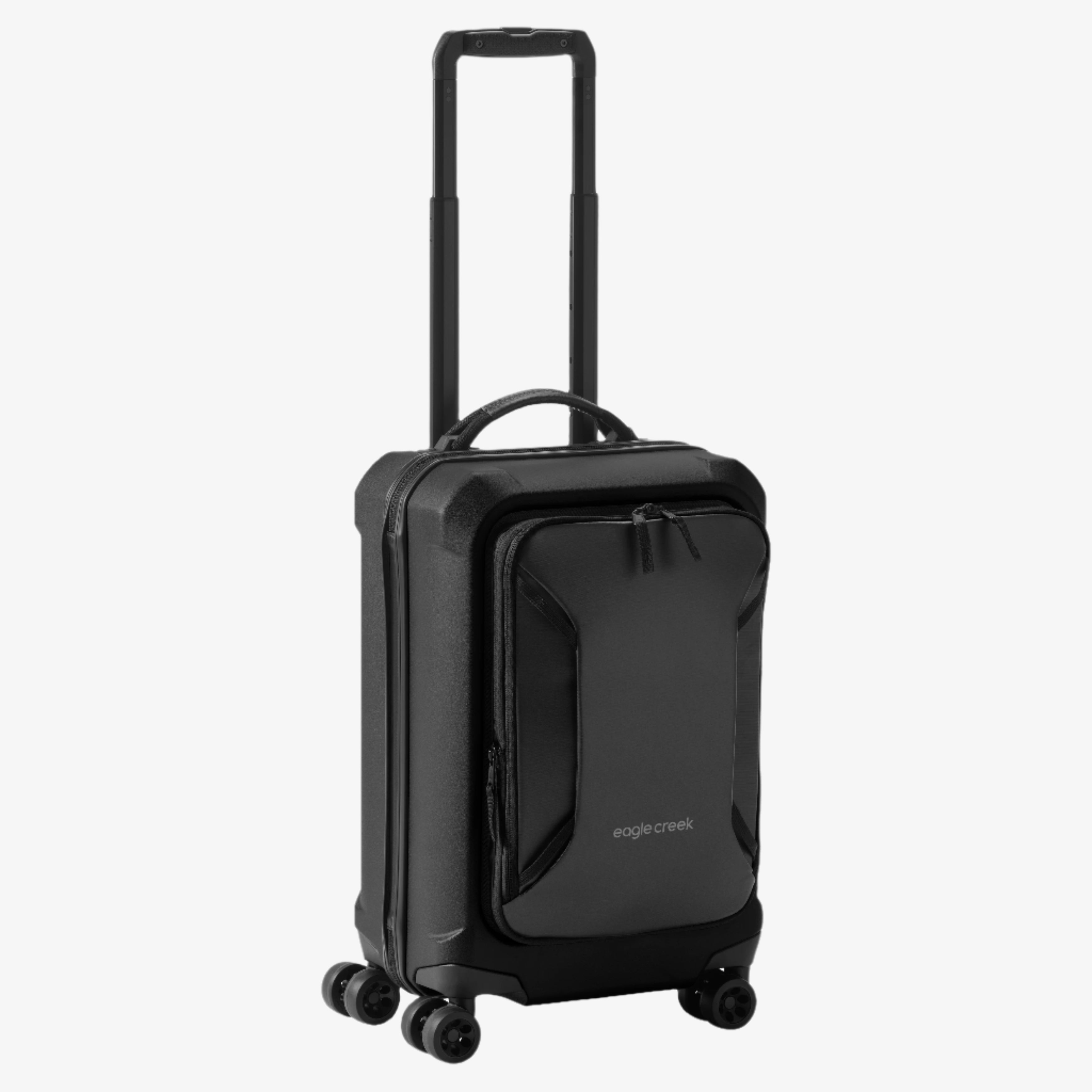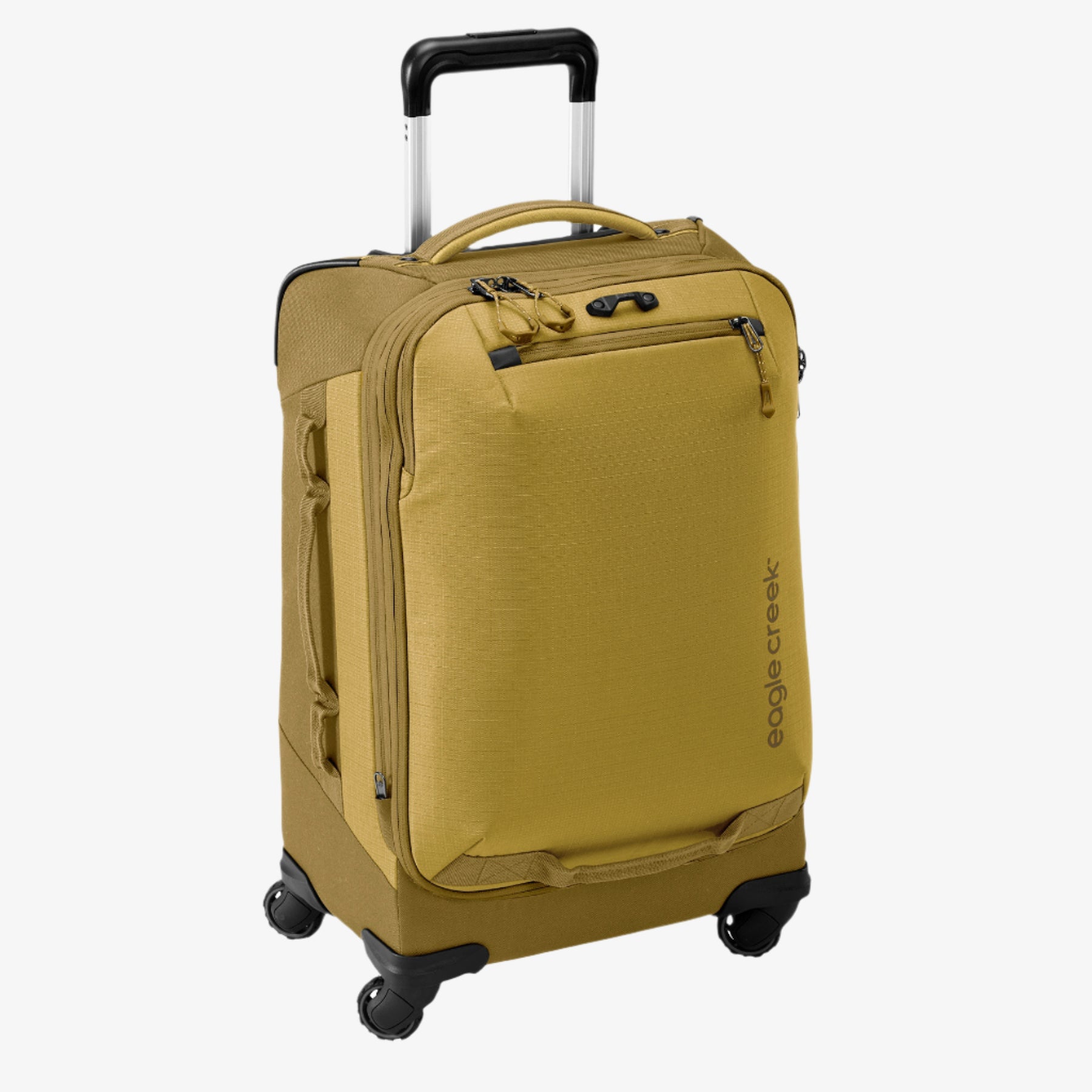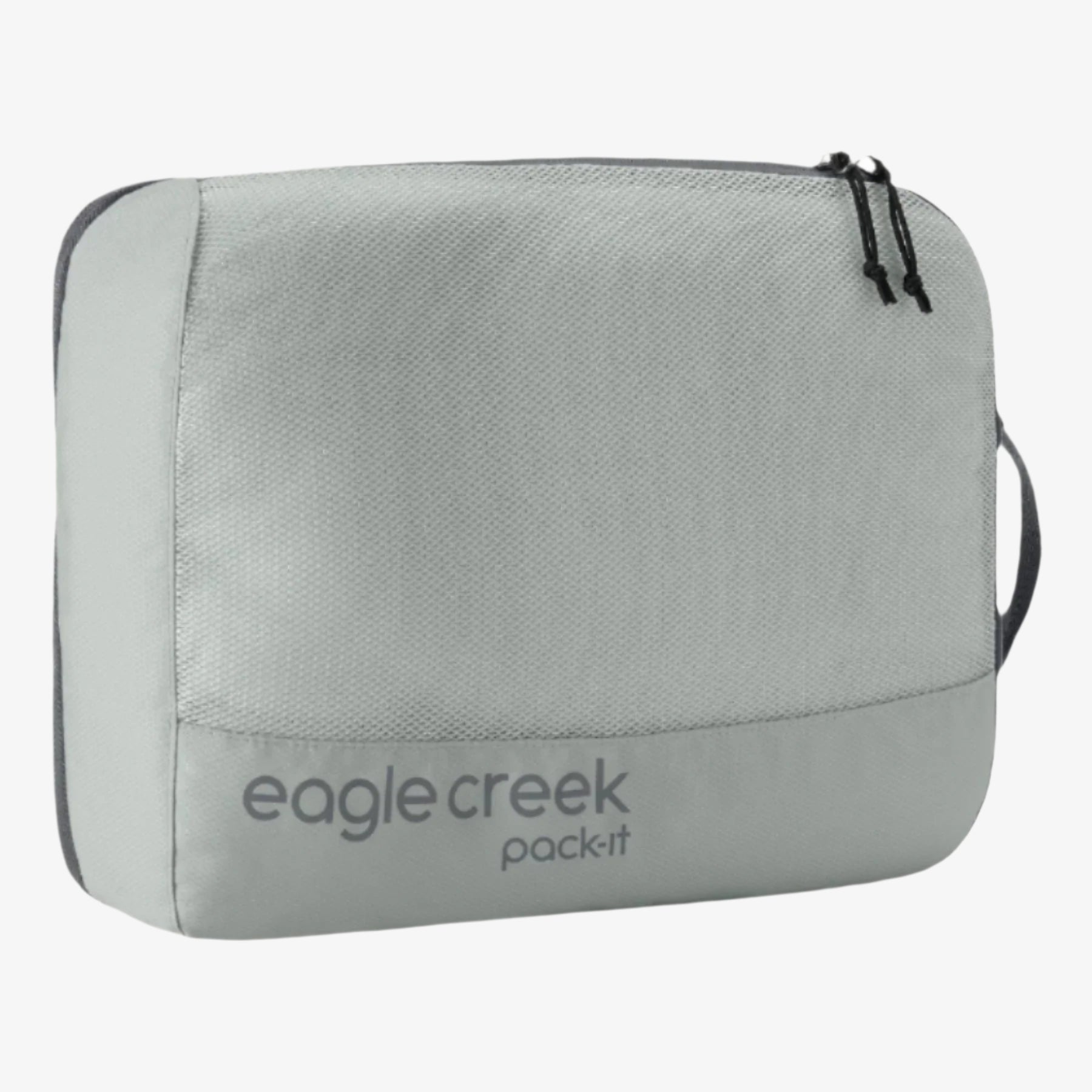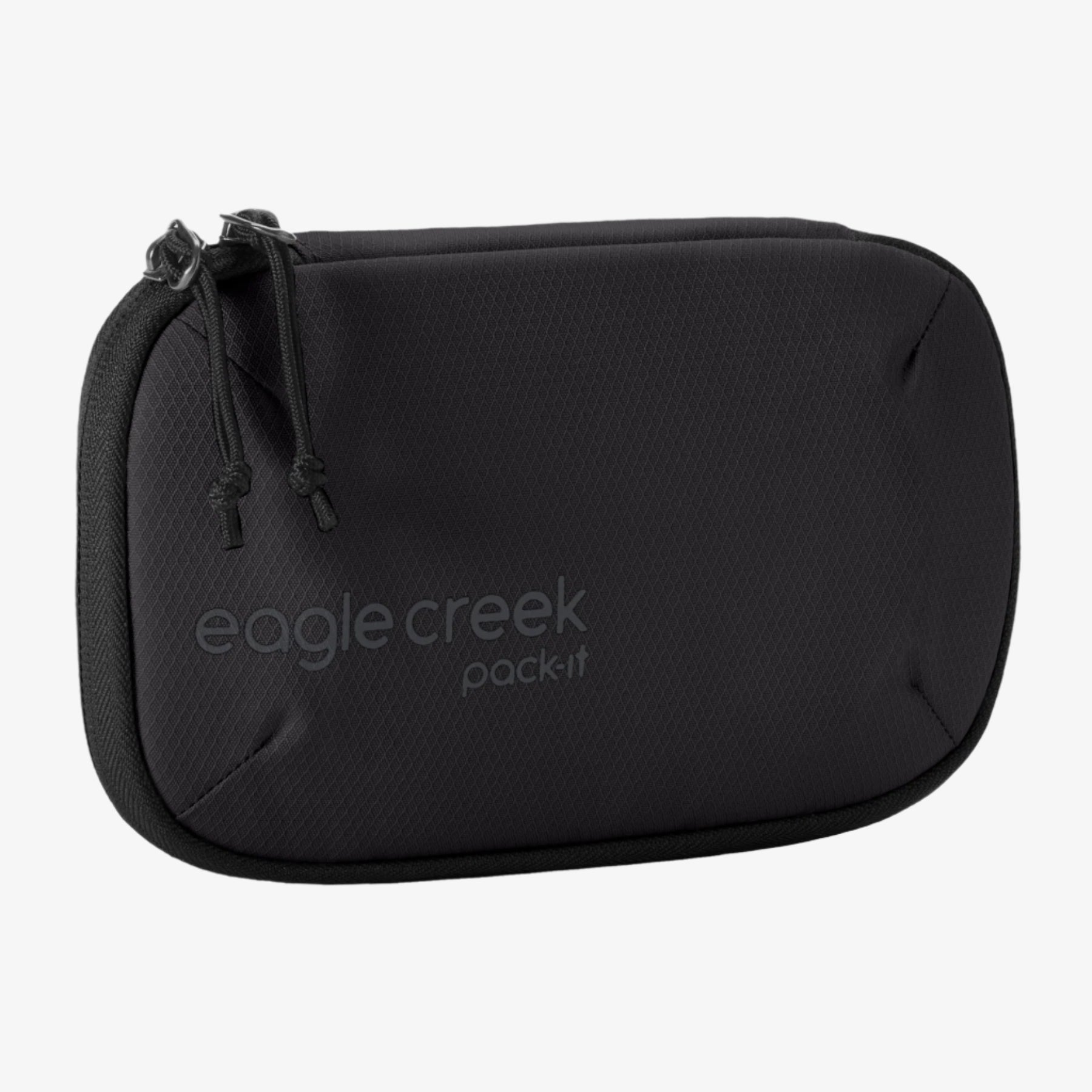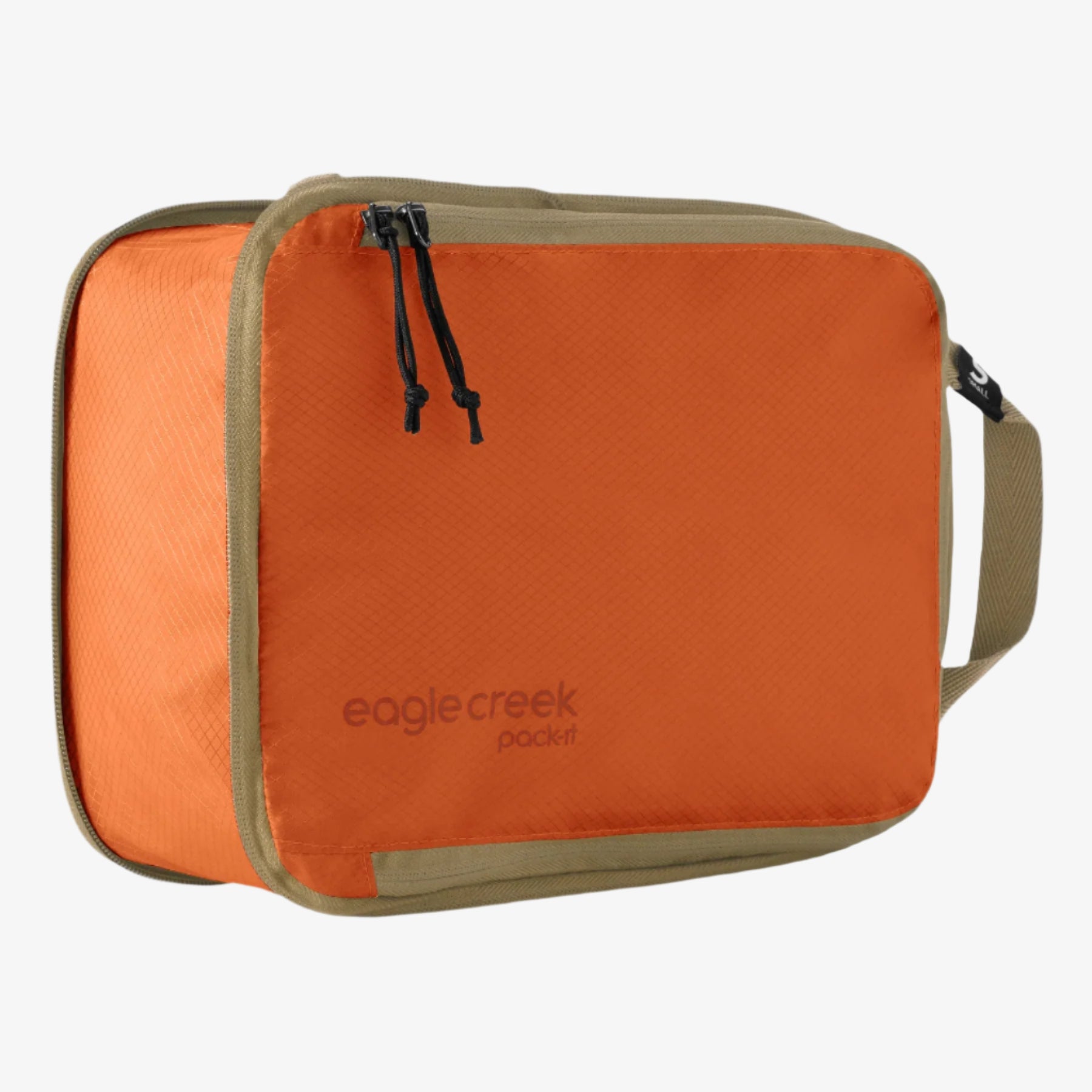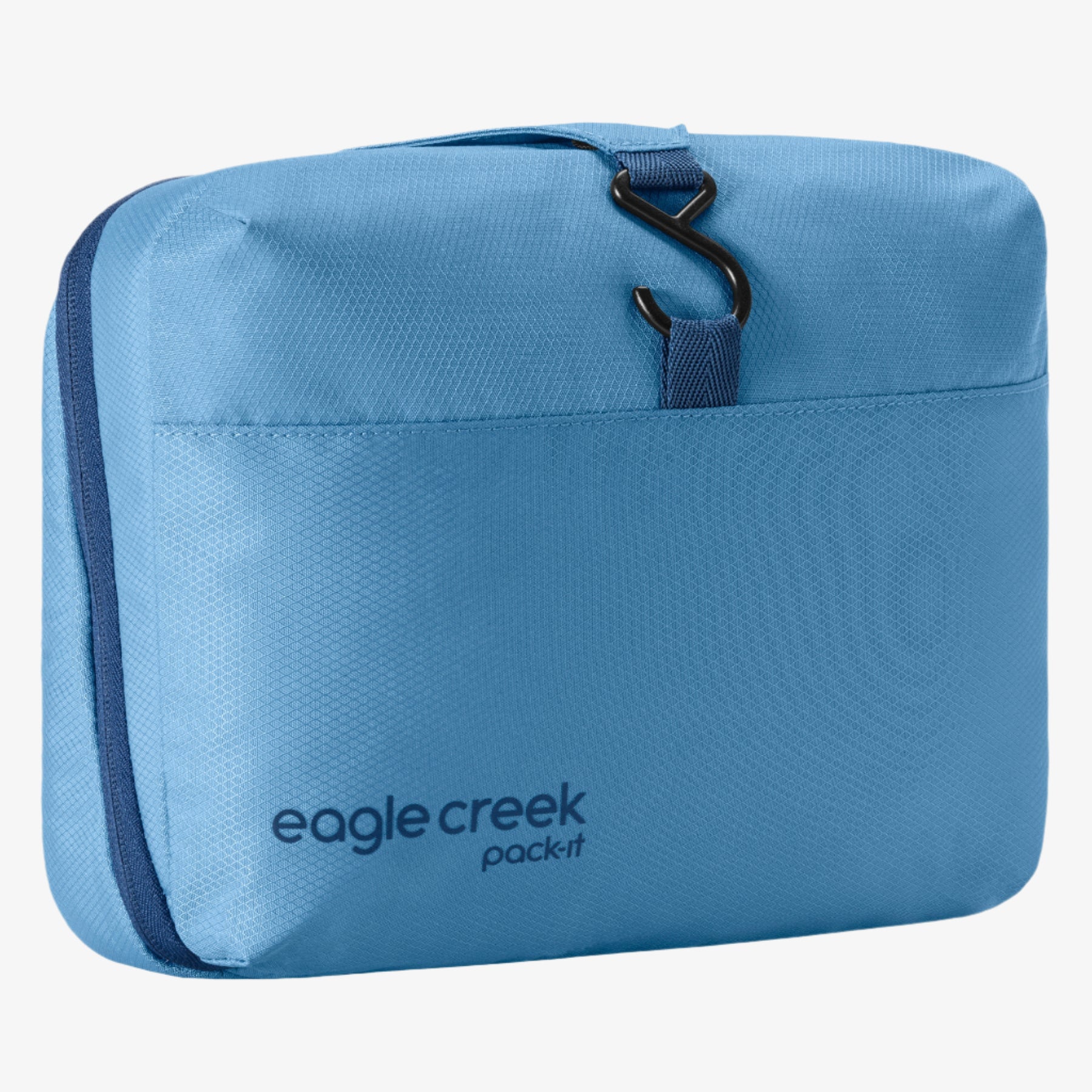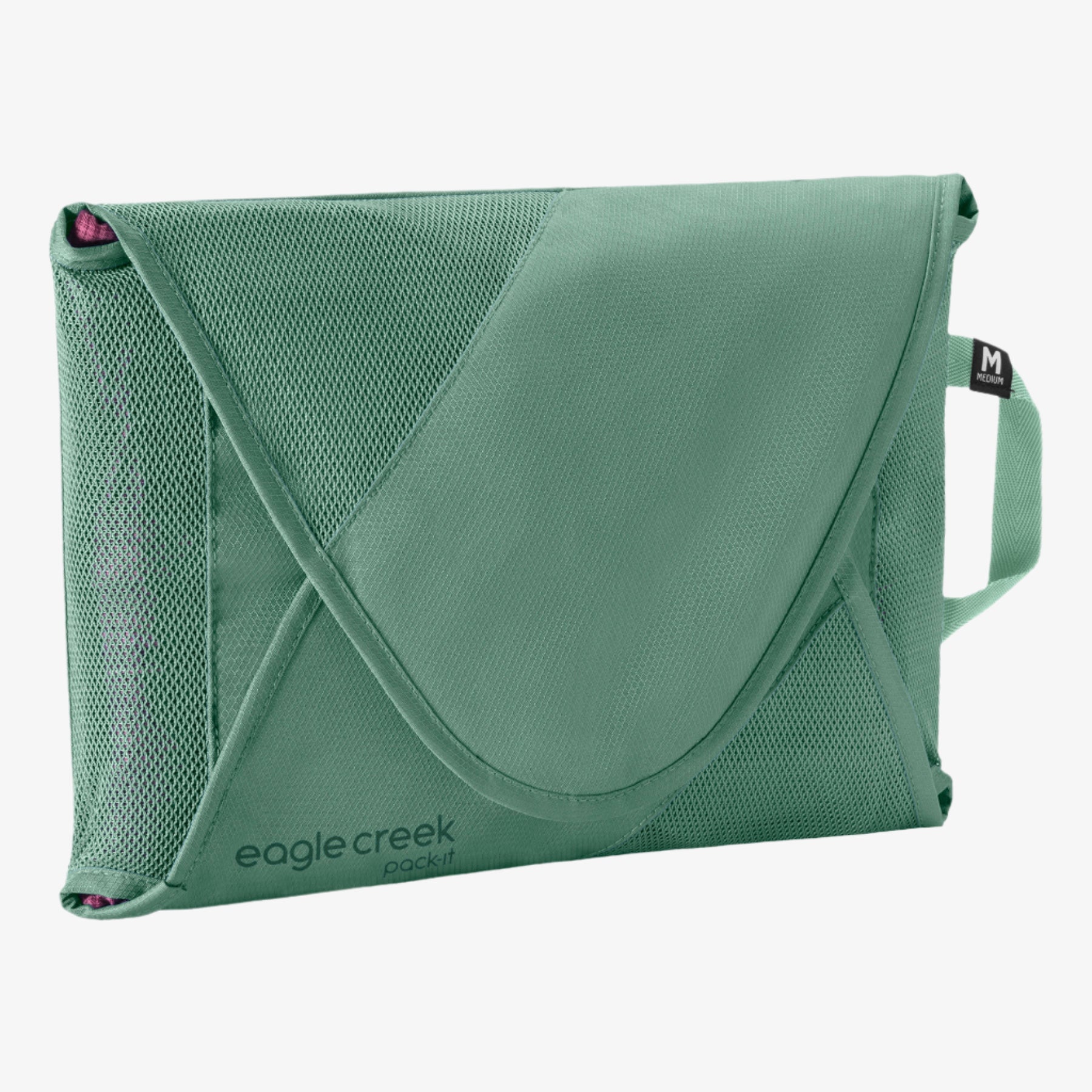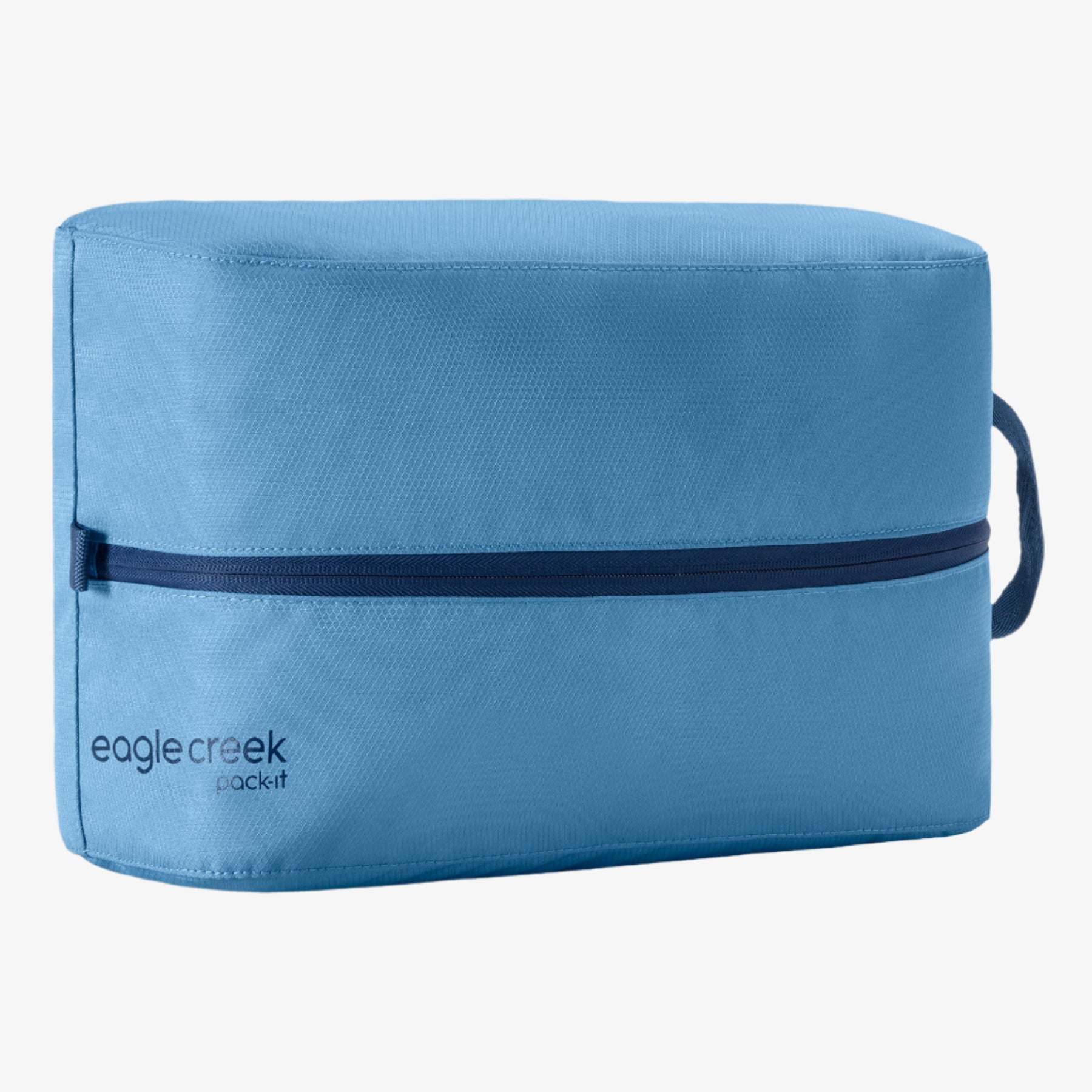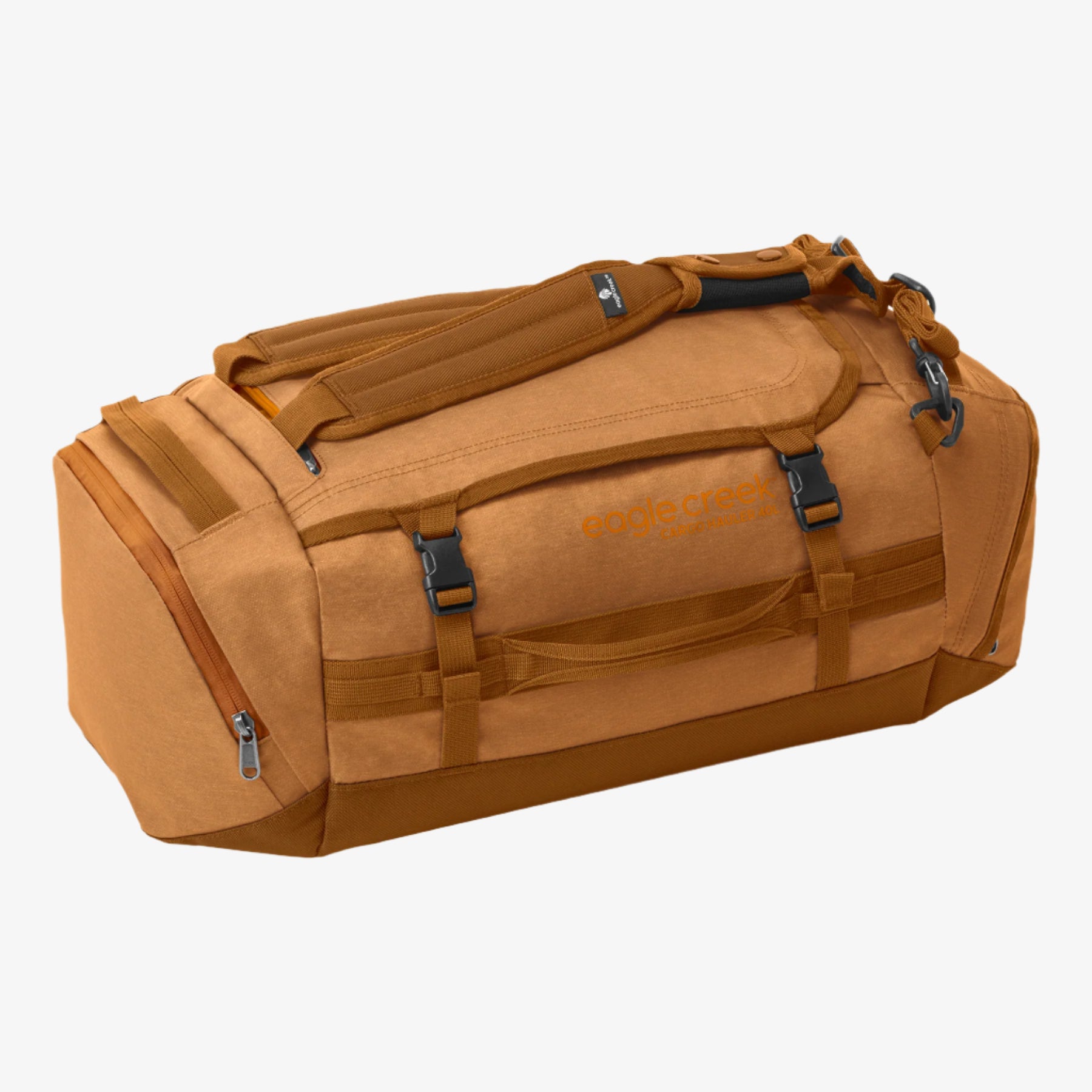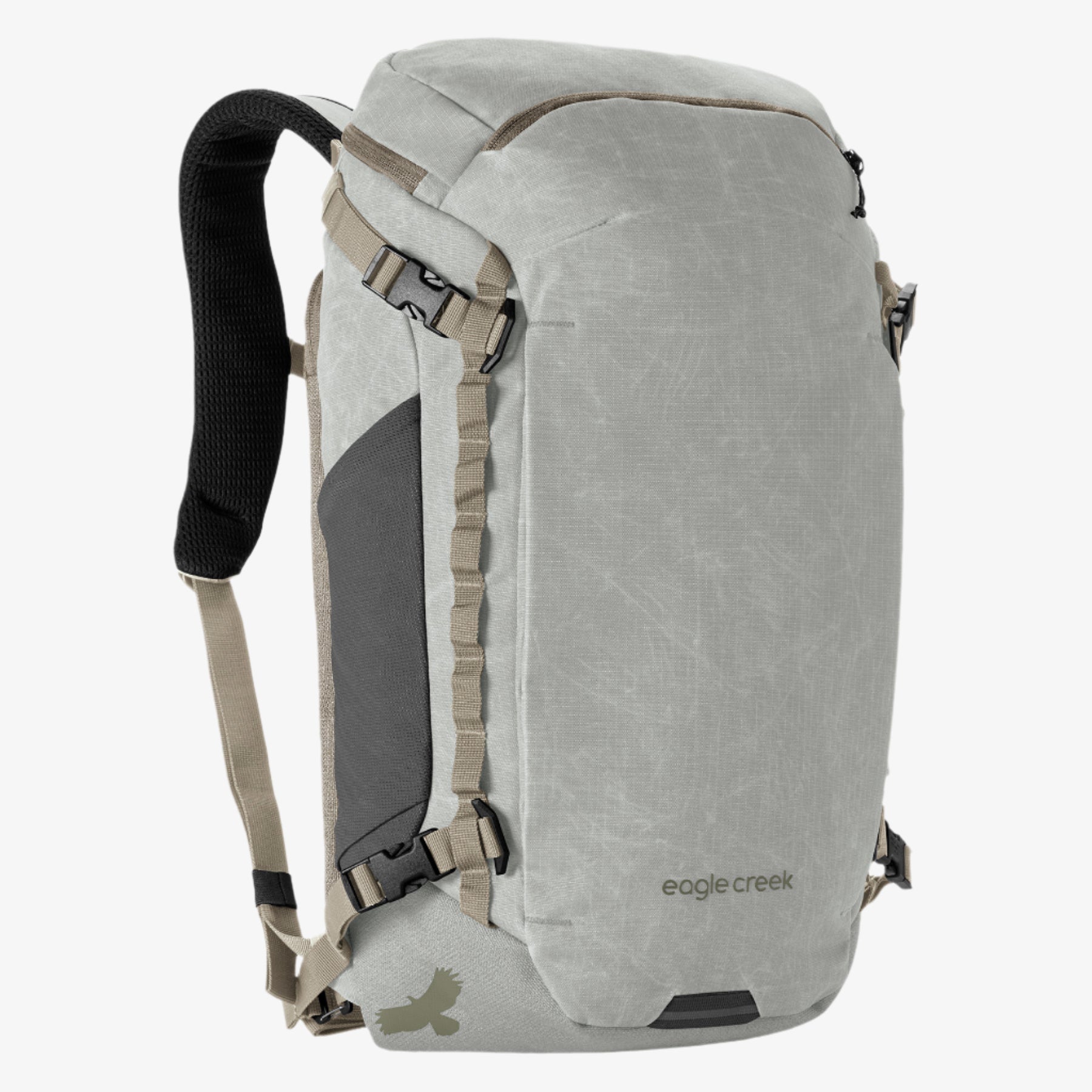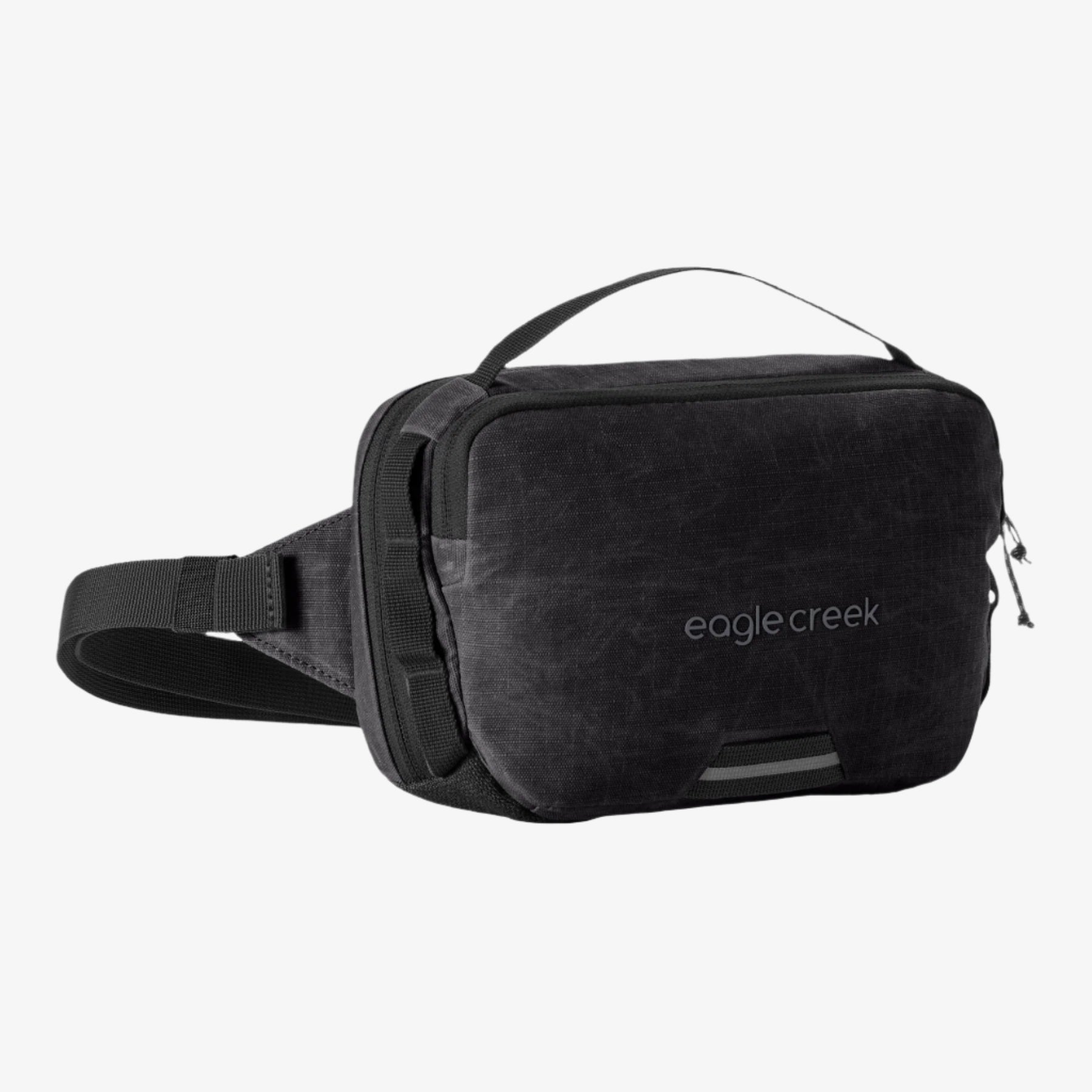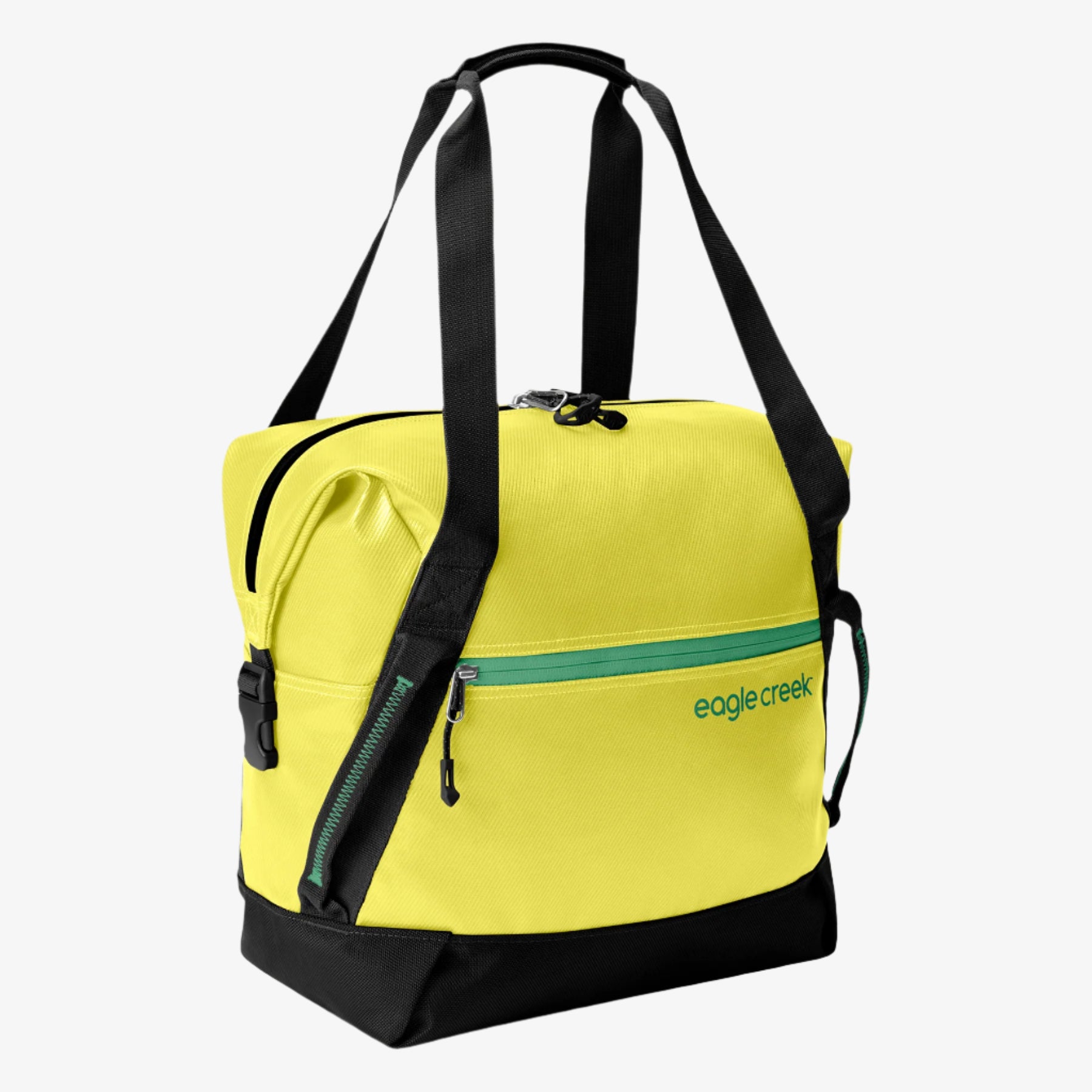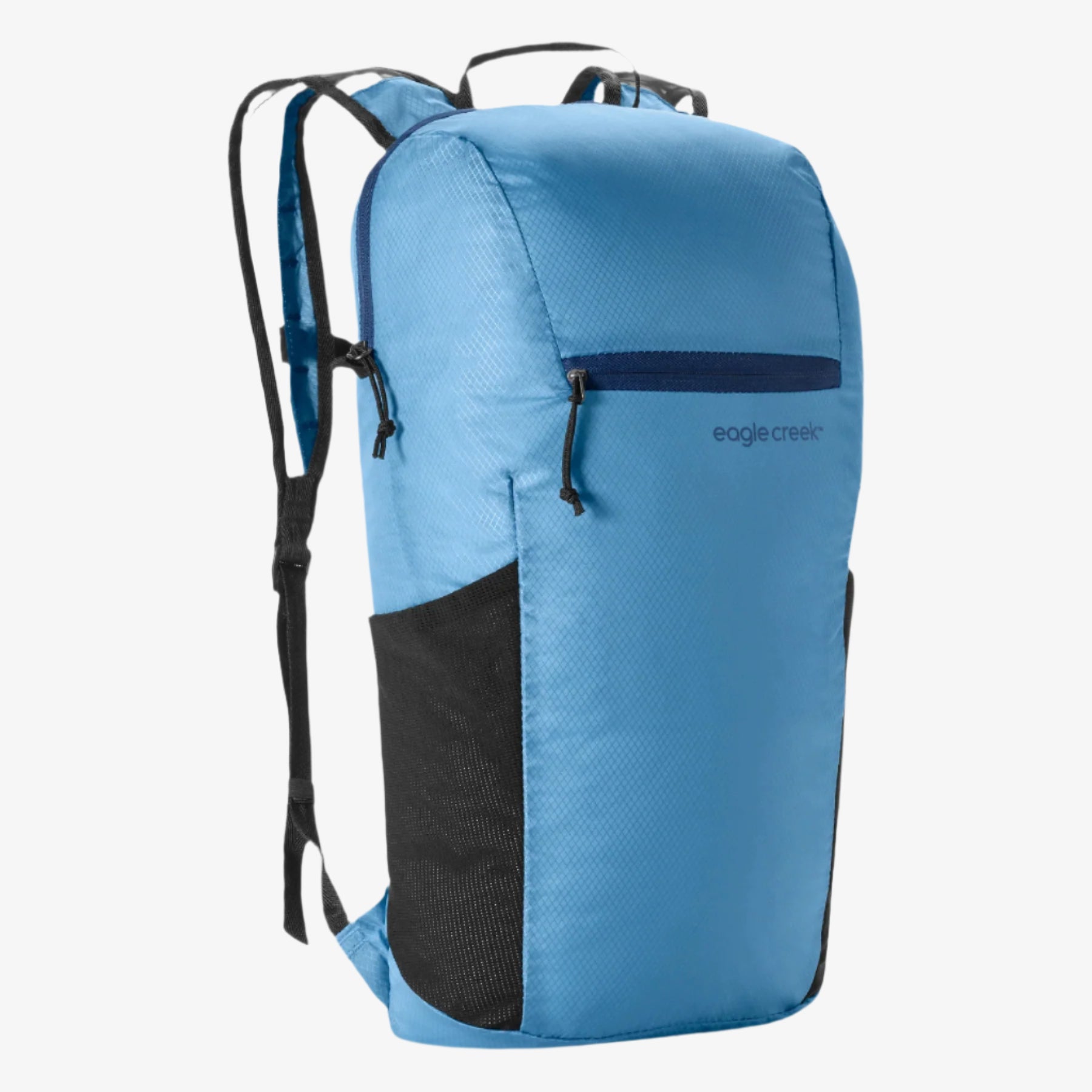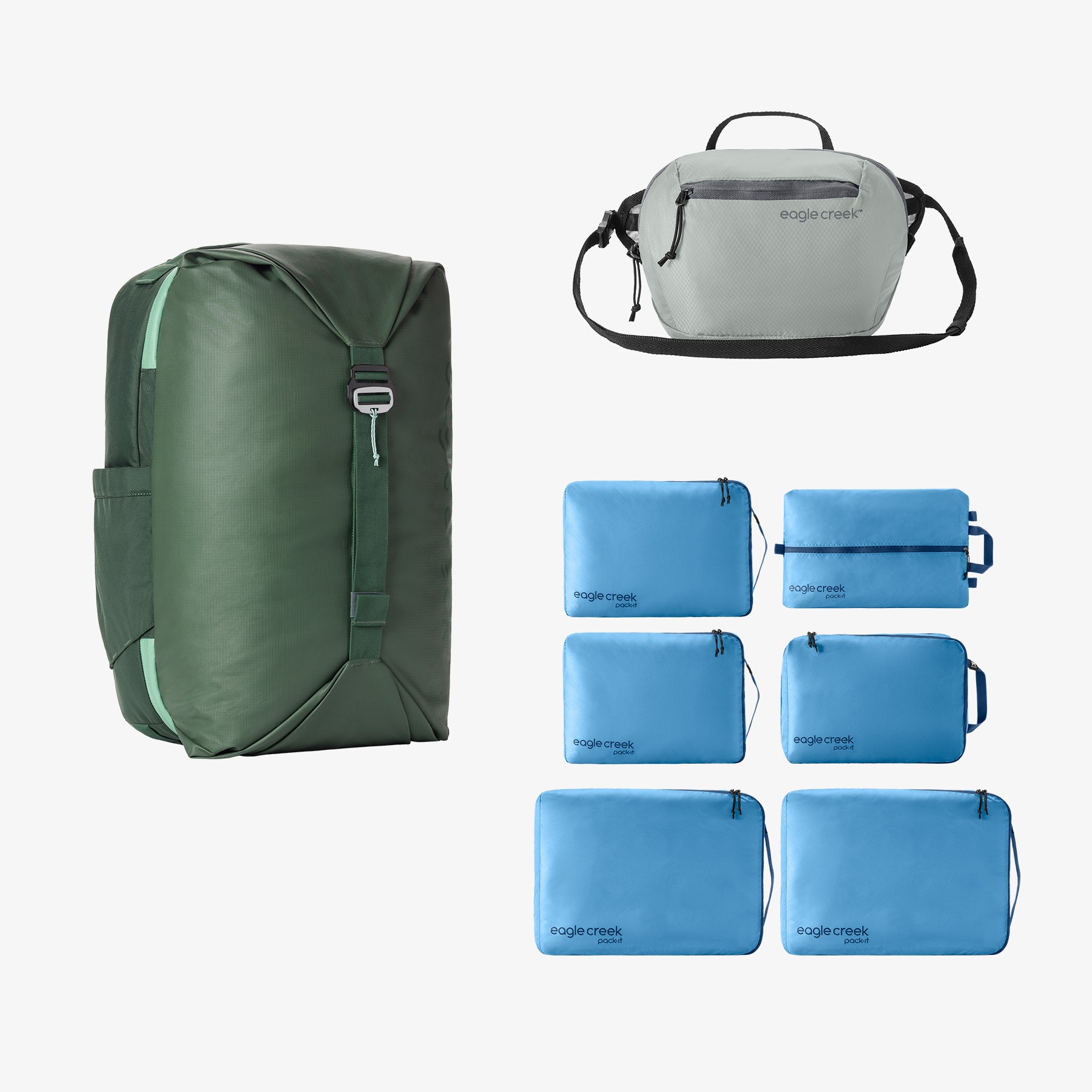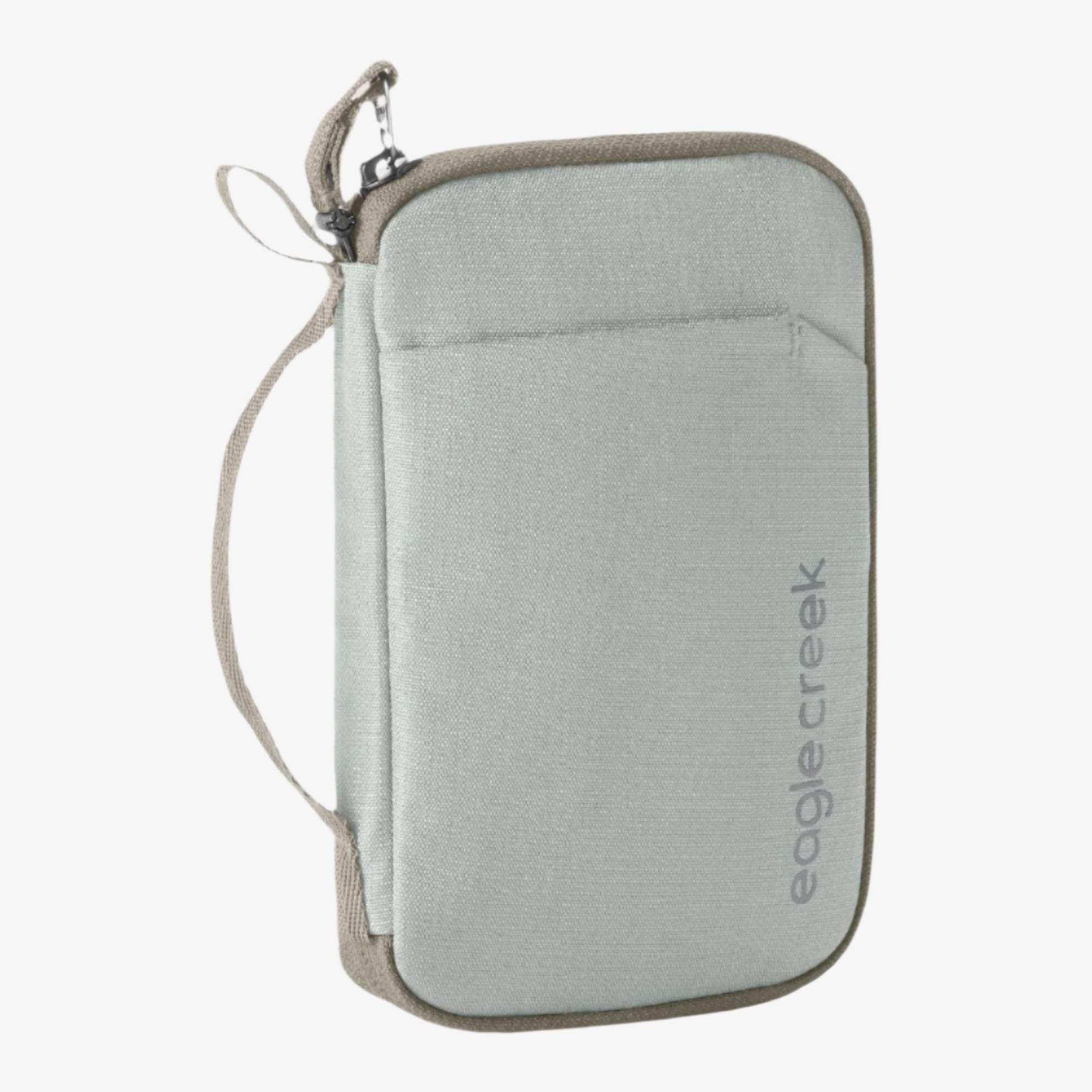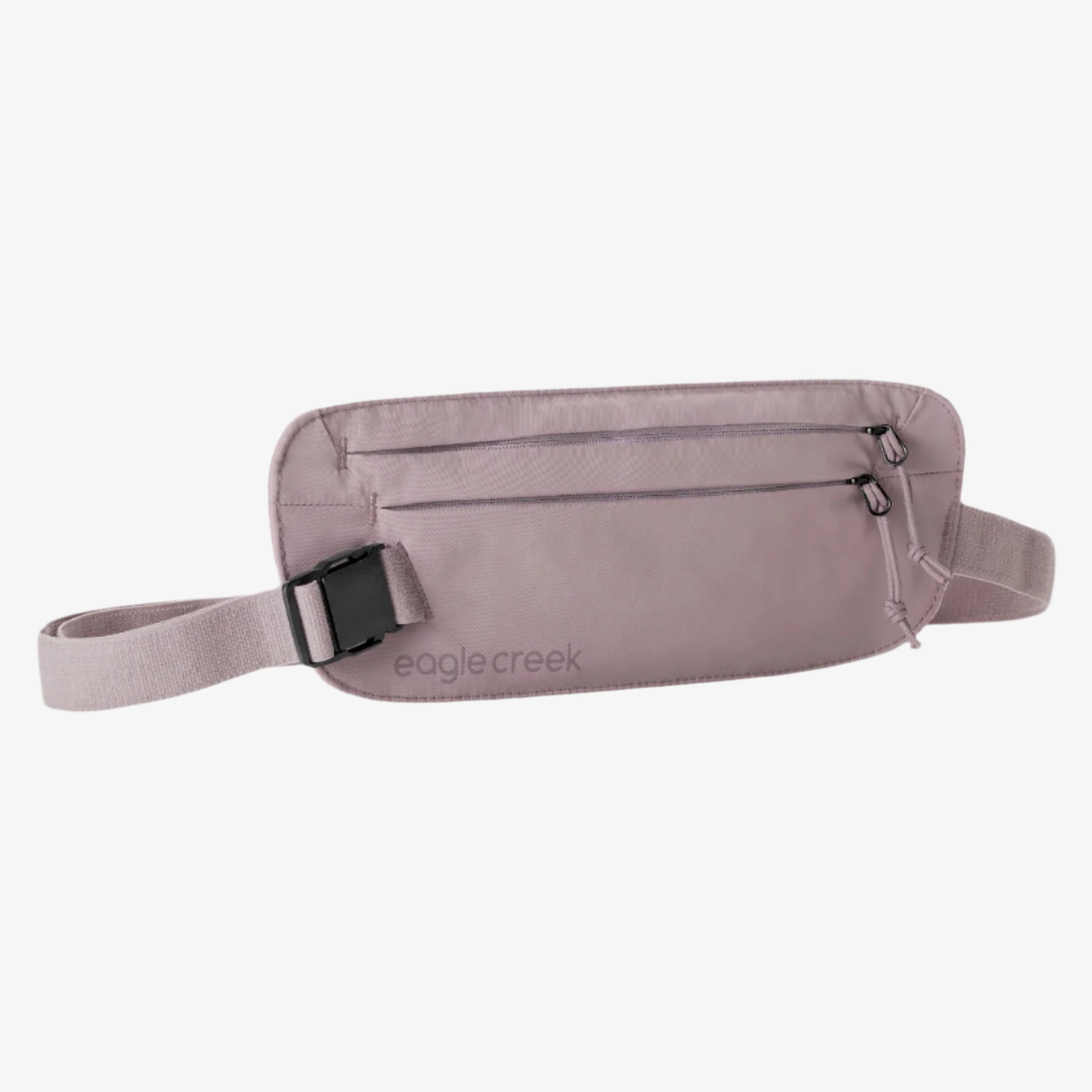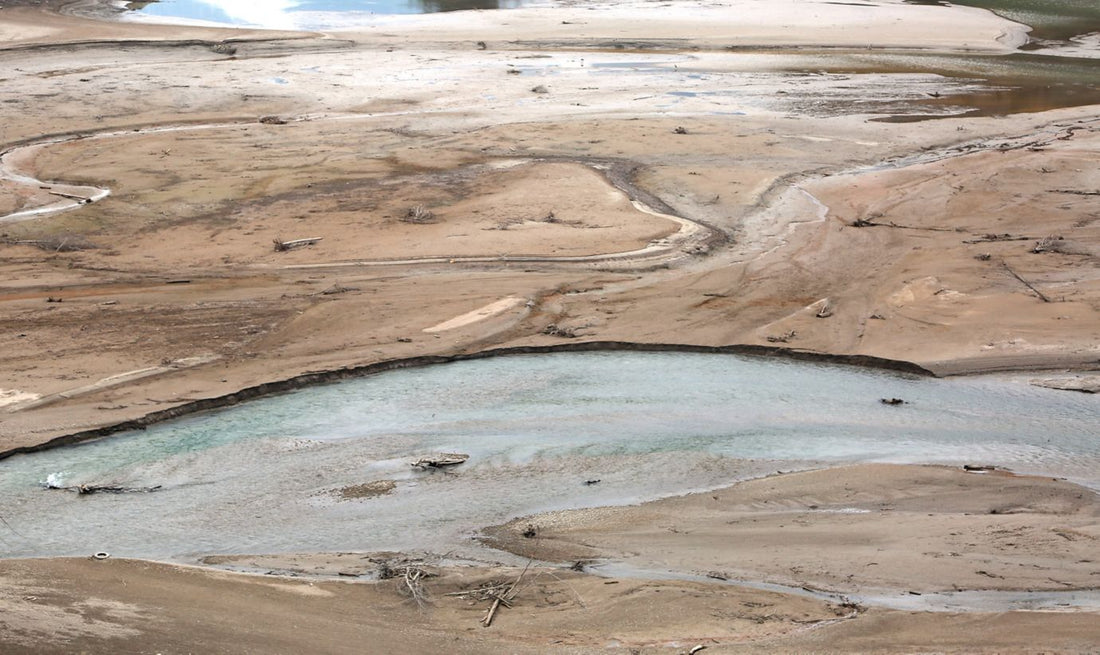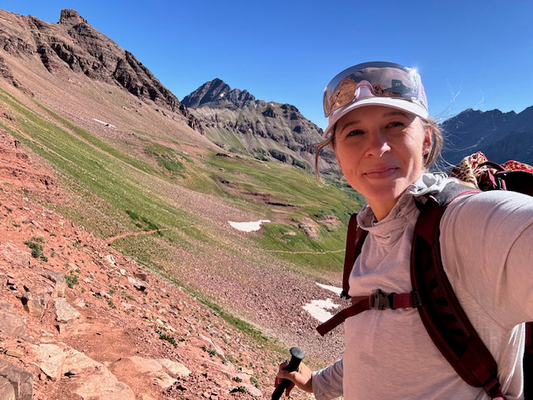
If you find yourself sinking, fear not! Learn what to do—and what not to do—to get out of quicksand.
Though it's not quite as deadly as it appears in movies, quicksand can still throw an unsuspecting hiker for a loop. It’s nature’s version of pulling the rug out from under you, after all, and it's a rare enough occurrence that can cause even the most seasoned hiker to panic.
Keep calm and trek on, adventure travelers, because we’ve got the 4-1-1 on what it is, how to avoid it, and what to do if you find yourself sinking in quicksand. Keep reading to learn how to get out of quicksand if you ever come across it.
Quick Tips: How to escape quicksand
- Make yourself as light as possible—toss your bag, jacket, and shoes.
- Try to take a few steps backwards.
- Keep your arms up and out of the quicksand.
- Try to reach for a branch or person’s hand to pull yourself out.
- Take deep breaths.
- Move slowly and deliberately.
What is Quicksand?
Quicksand is a bit of a misnomer, because it isn't always, well, sand—it’s any mass of sand, clay, or dirt particles that contains trapped water. The water turns the “sand” into a thick liquid mud that collapses under moving weight. This quicksand then re-solidifies, trapping whatever may have sunk into its depths.
Unlike typical mud, quicksand can appear solid upon first glance. It is not until a person tries to step through it that this ground liquefies under his or her feet.
Where is Quicksand Found?
Contrary to what you may have seen in movies, quicksand is not actually often found in the desert. Why? Because in order for quicksand to form, there needs to be water present. Flowing water underground agitates the sand, which can create quicksand. So where is quicksand found? It’s generally located near riverbanks, marshes, and beaches.
How to Avoid Quicksand
Your best bet for surviving quicksand is to avoid it altogether. Awareness is key!
- Know Quicksand Danger Zones: Be on the lookout for quicksand around wet terrain near riverbanks, lakes, swamps, marshes, tidal flats, glaciers, or underground springs. Be extra careful after a large rainstorm.
- Eye Your Terrain: If water is bubbling up from below the ground, you may have stumbled upon some quicksand. Terrain with a rippled appearance is also a key indicator.
- Test Before You Step: Tap the ground in front of you with trekking poles or a walking stick. If the ground gives way under the walking stick, map another course.
How To Get Out Of Quicksand
If you can’t avoid it, you have to escape it. Here’s how!
- Eliminate excess weight: Throw your backpack to the side, and take off your shoes, if possible. The lighter you can make your body, the easier it will be to extract yourself.
- Backpedal: Before you sink too deep, take a few quick steps backward to where the ground was solid. Avoid large lunging steps, because a straddle position will make it harder to maneuver if one leg gets stuck.
- Keep your head above water: Keep your arms and head above the surface at all times.
- Float your way out: If you sink and find yourself waist deep, lean back into a back float position. Much like sitting, this evenly distributes your weight, and allows your feet to float up to the surface. After your feet break through the surface, slowly inch your way to “shore.”
- Use Your Resources: Assess your surroundings, and utilize any trees with reachable branches. Only grab them after you have achieved a safe position (back float or seated with legs above surface).
- Free Your Legs: Inch by inch, move your legs one at a time upward toward the surface of the quicksand. With every inch you move a leg up, allow a moment for the quicksand to fill the space it once occupied. Depending on how deep you have sunk, this process could take hours. Patience will prevail, while big movements will further liquefy the quicksand and reverse your progress.
- Use a Trekking Pole: If you have a trekking pole with you, now is the time to use it (arguably it was before you got stuck, but hindsight is 20/20!). Lay the pole on the surface of the quicksand, and lower your back onto it. This will help stabilize you while freeing your legs.
- Breathe Deeply: This will promote both buoyancy and calmness.
What NOT to Do
Just as important as what to do is what not to do!
- Panic: If you find yourself sinking in quicksand, the best thing you can do is stay calm. The more you struggle, the harder it is to escape. Despite movie scenes to the contrary, people are not dense enough to sink all the way under quicksand. Keeping your wits about you will make the escape process easier.
- Heave-ho: Although it may be tempting, don’t ask your hiking buddies to yank you out of your sandy trap. Slow and steady movements will be more successful than pulling up against the powerful quicksand vacuum.
- Swing Your Arms: Back float your way out, don’t back stroke your way out. Keep your arm movements controlled, small, and close to your core to avoid further liquefying the quicksand.
- Front Float: Do not try to float out on your stomach! This increases the danger of getting your head stuck below quicksand.
While we hope you steer clear of quicksand in your travels, we’ve got you covered with bags for plenty of other adventures.
While Eagle Creek is here to provide tips and insights on travel, we cannot accept any responsibility for any potential consequences arising from the use of this information. Always conduct your own research and use your best judgment.
Frequently Asked Questions
What should you do if you find yourself stuck in quicksand? 
If you get stuck in quicksand, you should first throw your belongings off your body and onto dry land. If you’re carrying something heavy, it can make you sink faster, so making your body less dense is crucial. Next, take off your backpack, shoes, waist pack, and any other accessories you’re carrying that might add weight.
Next, you can try to get unstuck. Quicksand is slow, so if you shuffle out before it grabs onto you, you may be able to get out easily. However, if you find your feet stuck, you should stop trying to walk out because you won’t be able to. Instead, you should lie back and float in the quicksand until you feel your feet come free before rolling onto your side.
When trying to get unstuck, always keep your arms above the quicksand so you can pull yourself out. Additionally, don’t make any large or fast movements. Slow is always better.
If you find yourself in deep quicksand up to your waist, you should follow the same steps. However, you can try to swim out slowly when you lie on your back. Once you reach the edge of the quicksand, you can grab onto the ground and pull yourself out.
How can I prevent getting stuck in quicksand? 
The best way to prevent getting stuck in quicksand is to avoid it altogether. Learning what quicksand looks like can ensure you don’t find yourself stuck in it. Quicksand is most commonly found in swamps, marches, near lake shores, beaches, and riverbanks. If you’re careful, you can see that it looks different from the rest of the ground. Instead of appearing hard, it will look mushy and unstable.
Additionally, you should wear the proper shoes. Keeping an extra pair on you is always a good idea in case something happens. You can store your shoes in a bag when hiking or walking in areas where you might encounter quicksand. Once you get yourself out of quicksand, you can easily change your shoes.
How do I safely rescue someone else who is stuck in quicksand? 
If you’re with someone stuck in quicksand, you can keep them calm and walk them through the abovementioned steps. If you notice someone has walked in quicksand, you can try to immediately pull them out before they start sinking. However, if it’s too late, you should try to find a stick they can hold onto as you slowly pull them out.
Tell them to lie on their back and try to guide them towards an edge before pulling them up slowly. What’s most important is keeping them calm since sudden movements can make them sink faster and deeper, making it more challenging for them to escape.
What are the dangers of quicksand? 
Quicksand is not typically lethal because it’s denser than the human body. Therefore, if people get stuck, the quicksand usually only goes up to their chest before it stops pulling them in. However, quicksand becomes dangerous if someone gets stuck in it for extended periods, if the water is cold, or if additional water moves over it, which can cause drowning.
The best thing someone stuck in quicksand can do is make themself as light as possible and try to release their feet before finding an edge to pull onto. Then, once you find the edge, you can slowly pull yourself out and onto solid ground.
Related Links (from Eagle Creek blog):
How to Prepare for a Medical Emergency When Abroad
Gadgets and Gear to Keep You Safe on Your Next Trip
